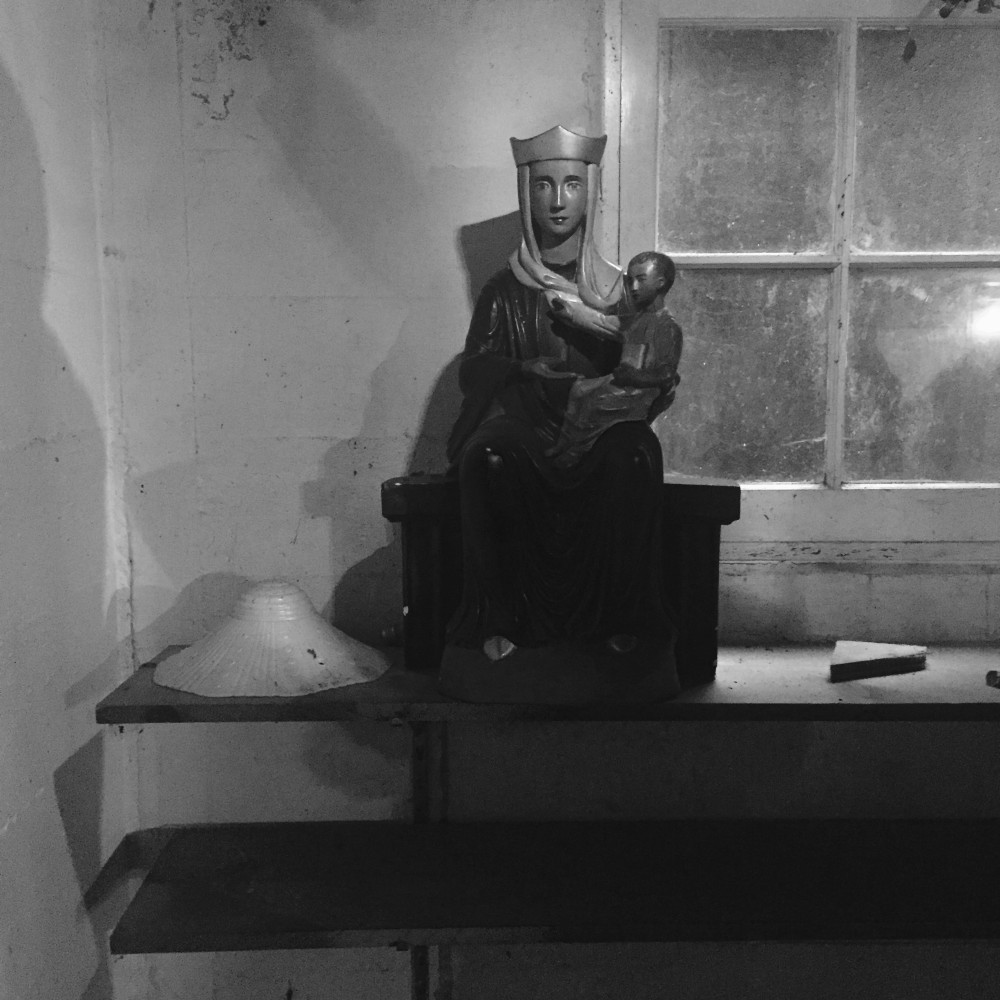St. Mary in my basement
I'm an Episcopal priest. Why would I have a statue of the Blessed Virgin in my home?

My husband and I recently moved to a new town, and one of the first things I did was to install a statue of Mary in the damp and dark bowels of our new house. The house was going to stand empty for six months, as we tore out its innards and put them back together, and I thought it needed a protector. Although I grew up in a church that was as rationally Protestant as perhaps it was possible to be, I have found it hard to resist a sense of kinship and warmth with the mother of Jesus. Also, I believe in "things seen and unseen," and in this Halloween season, I’ll just say that the older I get, the further along I find myself on the spectrum of believing “there are things we don’t understand” and the more I find things like demons, ghosts, and angels hard to dismiss out of hand.
This particular statue came into my possession when I was visiting a now-closed Episcopal church a couple years ago with one of our bishop's staff to pick up prayer books, hymnals, and other churchy items for my former parish. She was on a shelf in the sacristy.
I was struck by her face and a very strange sense that she was instructing me: Please take me and my Son with you.





